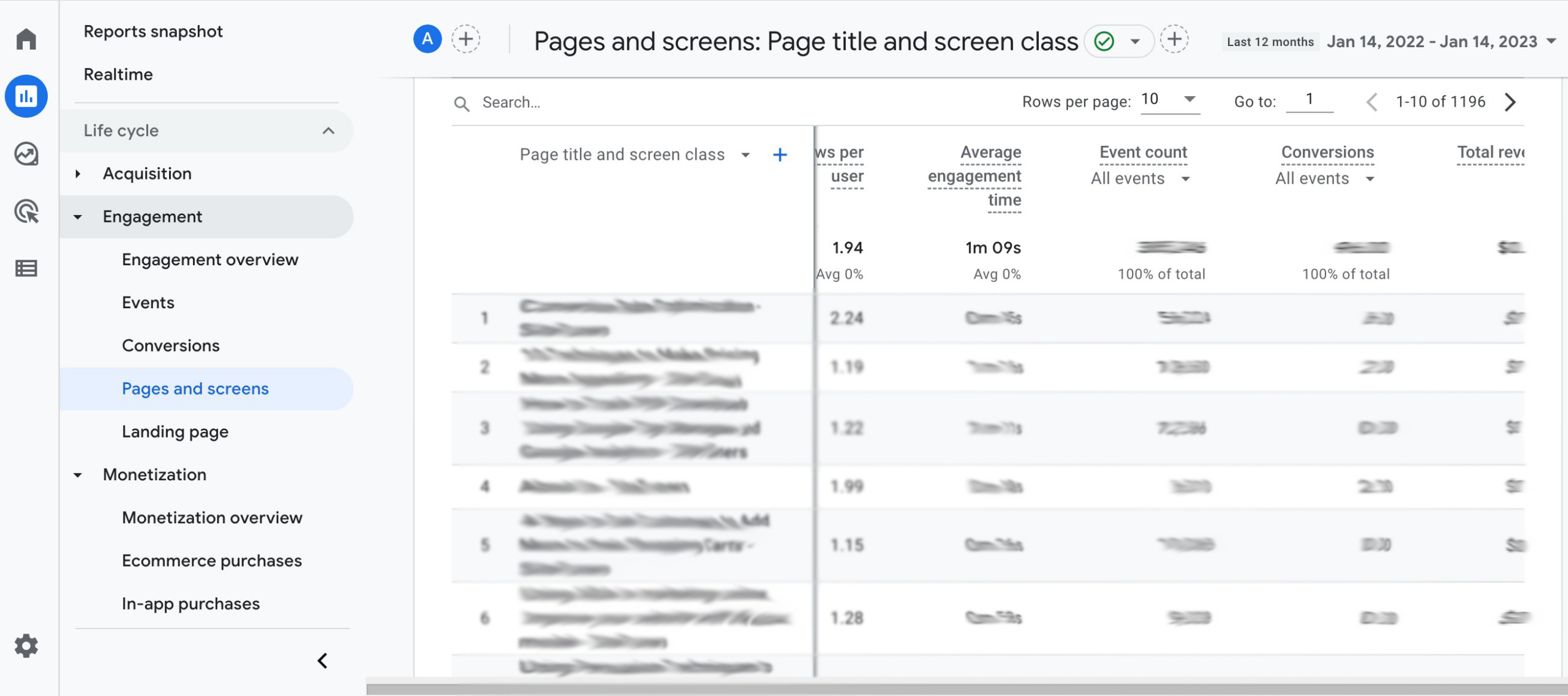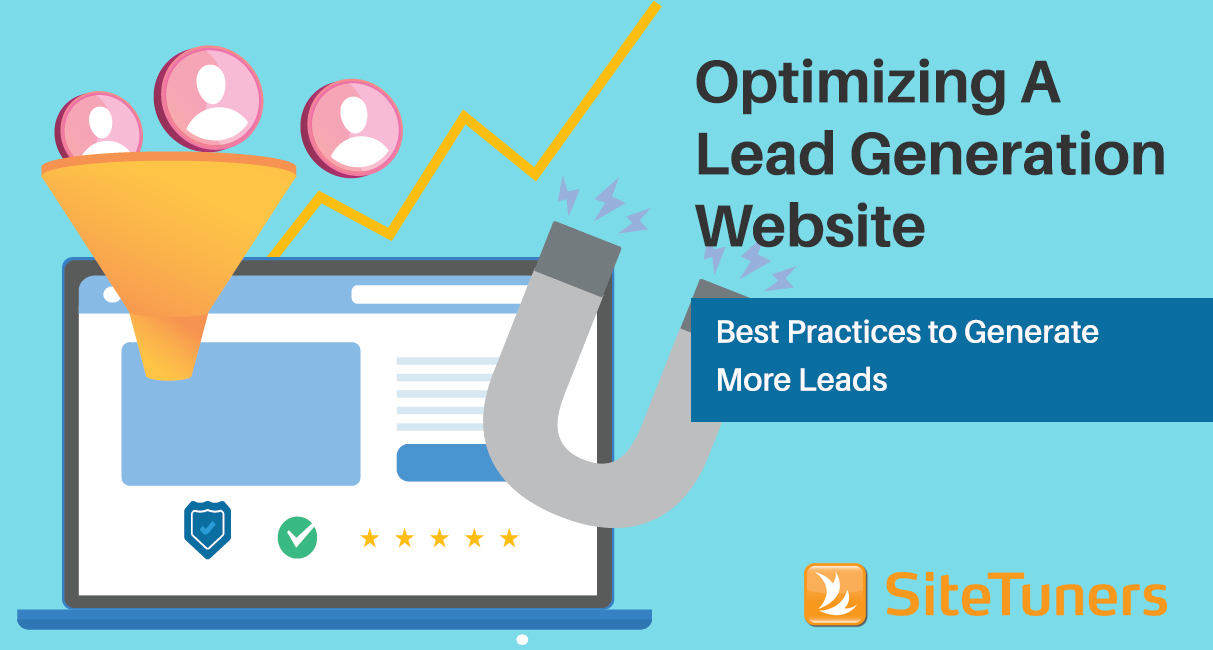Summary – A website funnel analysis is essential to understand what visitors do on your site. It helps you identify where they go next after visiting your site.
In this blog post, we’ll show you how to carry out a website funnel analysis so that you can take your business to the next level.
Website funnels are used to analyze how people navigate through websites. They show which pages are visited most often and which are less popular. This information can help you improve your website design and marketing strategy.
1. What is website funnel analysis?
Website funnel analysis is understanding how users interact with your website and identifying ways to improve the user experience.
By understanding how users interact with your website, you can identify areas where users are having difficulty and make changes to improve their experience. This can help you increase conversions and reduce bounce rates.
Several tools can help you with website funnel analysis, including Google Analytics and HotJar. Using these tools, you can track user behavior and identify areas for improvement.
2. Benefits of using funnel analysis on your website
Funnel analysis is a great way to understand how users interact with your website. Below are some of the benefits of doing a website funnel analysis if you want to improve user experience and optimize for conversions:
Find the high-traffic, high-exit pages where people are leaving
Many businesses spend tons of money to drive traffic to their websites. But that’s only half of the equation. If you want your website to make money for your business, it should be able to convert your visitors.
And that’s not likely to happen if people leave without taking action.
If you’re losing website visitors, don’t fret. There are ways to figure out where they’re going and why.
To start, you should look at your high-traffic pages. These are the pages where people are coming to your site. Then, look at the high-exit pages. These are the pages where people are leaving your site.
High-traffic pages
High-traffic pages are important because they get people to your site, but it’s just as important to identify which pages have high exits. To find these high-traffic, high-exit pages, analyze your analytics data with the help of a funnel report. This report will allow you to see which pages in your funnel have the highest traffic. It will also show you the pages with the most exits from customers who didn’t go any further through your website.
High-exit pages
By understanding where people are leaving pages, you can start doing something to address the issue. You’ll know why online visitors aren’t sticking around on these pages. People leave a website immediately because they can’t find what they want. This can signify a lack of alignment between visitor intent and the content on your website. It can be that your website is too confusing. Or it may be due to having too little information and no trust elements to inspire confidence in your visitors.
By discovering these areas, you can work to improve them and ultimately increase sales and customer satisfaction.
Determine where high-quality visitors come from
A website funnel analysis helps you find where your high-quality visitors are coming from. It is important to focus on driving quality traffic to your site instead of just the quantity of visitors. Understanding what channels are most effective in delivering higher-quality visitors will enable you to create a more successful website funnel.
There are many factors to consider when determining where high-quality visitors come from to your website. A few key things are the referring website, the keywords they used to find your site, and how long they stay on your site.
Referring website
The referring website is important because it can give you an idea of where your high-quality visitors are coming from. If you see that most of your high-quality visitors are coming from a particular website, then you know that it’s a good source of traffic for you.
Keyword sources
Keywords are also significant when determining where high-quality visitors come from. If you see that certain keywords are bringing in many high-quality visitors, then you know those keywords are worth targeting. You can find keyword sources in Google Search Console and your Google Analytics (if you’ve linked it to Search Console).
Time on page
You also need to look at how long visitors stay on your site (also known as “time on page”). Knowing how long visitors stay on your site is a key metric for assessing user engagement and whether the content resonates with them. Time on page (TOP) helps you determine if your visitors find what they need or bounce off after just a few seconds. Looking at TOP can give you an idea of how well users engage with your website and its content. This can help inform future changes to improve the experience.
Aspects such as page loading time, design layout, call-to-actions, and overall usability all play a role in determining the average time on page for each page of your website. If you find that visits are shorter than expected, it may indicate something is wrong with the experience, either visually or functionally.
Analyze which pages convert better
A website funnel analysis allows you to identify the frequently visited pages by high-quality traffic. In addition, it helps you understand which parts of your website are working well in terms of conversions.
You can use Google Analytics to see which pages on your site are converting better than others. In Google Analytics 4, navigate the pages and screens under Engagement and scroll to the right to see your conversions.

Analyzing which pages convert better is important to understanding how your website functions and what content resonates with your audience. It’s also essential for optimizing conversions and ensuring you get the most out of every page on your website. Taking the time to analyze page performance can help you pinpoint where changes need to be made. It also lets you determine if certain updates are having a positive effect.
Facilitate important decisions
Making decisions can be difficult, especially when it comes to your website and your digital marketing strategies. Your team members and stakeholders must have access to accurate and up-to-date data to make the best decisions possible.
A website funnel analysis gives teams a better understanding of how visitors interact with their websites. This enables them to make informed decisions based on user behavior. By tracking customer journeys through a website or application, organizations can identify areas of optimization that will boost performance and lead to better outcomes for all stakeholders involved.
Website funnel analysis is essential for measuring customer engagement through digital channels. It enables businesses to:
- Track each step in the user journey from an entry point to purchase
- Provides insights into what works well and what needs improvement
- It helps organizations focus on key areas of improvement by highlighting issues such as page loading speeds, navigation paths, content structure, visitor segmentation, and more.
Whether you’re trying to build a website or optimize your existing web pages, you and your organization will likely find invaluable insights enabling you to improve your chances of success.
3. How to do a website funnel analysis
A website funnel analysis involves identifying and analyzing the steps or stages a user goes through on a website before converting or taking a desired action, such as making a purchase or filling out a form. To successfully do an analysis, you need to follow the steps below:
Define the goals of the website and the desired action (conversion)
A clear understanding of the site’s goals and what action you want visitors to take is key to a successful website funnel analysis. Knowing these two elements will help you create an effective strategy for your website.
Websites exist to fulfill certain needs of both the business and its end-users (i.e., your prospects and existing customers). Sometimes these goals aren’t exactly aligned. This is the case with a business wanting more information from customers than they’re comfortable with. When this happens, you should remember that your business is unlikely to meet certain goals if your prospects or customers don’t perceive your website as capable of helping them meet their own goals first.
So the first step in analyzing your funnel is to define your website goals and map these to the desired conversion action. The conversion action can be making a purchase, signing up for an email list, downloading a document, or even just staying on the page longer than average.
Once your goals are established, you can assess how effective your website is at achieving them based on whether or not your website visitors are taking the desired conversion action.
Identify the key pages and steps in the user’s journey
Once you have a clear picture of the website goals and desired conversion actions, your next step is to check the customer journey map and the corresponding pages on your website.
The steps in the user’s journey need to be aligned with your key pages in terms of intent and experience. It’s important to look at each page and step in the customer’s journey, including landing pages, checkout processes, content downloads, etc., and how well they correspond to the intent of the customer, whether they’re in the research stage or are well into finalizing the purchase decision.
Use tools such as Google Analytics to track and analyze user behavior on each page and step in the funnel
Once the user journeys have been identified, you can analyze each page’s performance metrics.
Google Analytics offers a comprehensive view of user behavior, enabling you to measure user engagement and track visitor activities from the moment they enter your website until their purchase is complete or their journey ends. With Google Analytics, you can get valuable insights into user behavior on each page and step in the funnel. In GA4, you do this by looking at the Engagement in Reports, which shows you your website events and conversions.
Event data gives you an idea of what website users are doing on your website pages. It lets you track how many users view a page, scrolls down your content, and click on your calls to action. You can even set up custom events to track specific interactions on your web pages that are important to the customer journey, such as adding to a cart for an e-commerce business.
Combined with conversion data, your event metrics provide a powerful picture of what website visitors do on your page and whether your pages are aligned with their intent.
Identify any drop-off points or bottlenecks in the funnel where a large number of users are leaving the process
Aside from engagement and conversion, you should also pay attention to the opposite: the percentage of people who don’t go further down the website funnel.
In optimization lingo, we call these the leaks in your conversion funnel. These leaks are the low-hanging fruit for your company as they represent money you’re leaving on the table. By identifying these drop-off points and understanding why users are abandoning the process before they reach their (and your) goal, you’re in a better position to make the necessary changes.
Again, to be successful, you must have a basic understanding of how your conversion funnel works. You should also know how to use analytics data to track user behavior throughout the entire process. Analytics data can provide insight into when users started dropping off and where. For example, if most users leave after a certain step in the funnel, that could indicate something wrong with that particular step.
Use the data collected to make informed decisions on optimizing the website and improving the user experience to increase conversions.
Once you have data on user behavior in your key funnel pages and the drop-offs in your funnel, you can start identifying areas of opportunity for potential improvement. The data can guide the creation of new hypotheses for more in-depth data collection and A/B testing, allowing you to understand better how visitors interact with the site.
Making data-driven decisions is essential to optimizing websites and improving user experience to increase conversions. Data will show you, for instance, whether your website is doing a good job of answering questions from interested prospects so they can become hot leads or if it is prematurely assuming that website visitors are ready to buy from you. It could also tell you whether your website visitors are frustrated because they can’t find what they’re looking for on your website.
Based on what you find out, you can start website optimization. This could involve changing design elements such as navigation menus or adding resources like tutorials or product descriptions that help customers find what they’re looking for quickly and easily.

The Future of E-commerce Growth Post-Pandemic
4. Analyze and optimize
Bear in mind, though, that optimization is a continuous process. You must revisit your website funnel analysis to see if it’s still effective and do it all over again when necessary.
Analyzing website funnels can help determine which strategies are working and where improvements can be made to reach your goals faster. By understanding how people interact with your site and which areas need improvement, you’ll be able to build an effective strategy for increasing conversions and improving customer experience.

